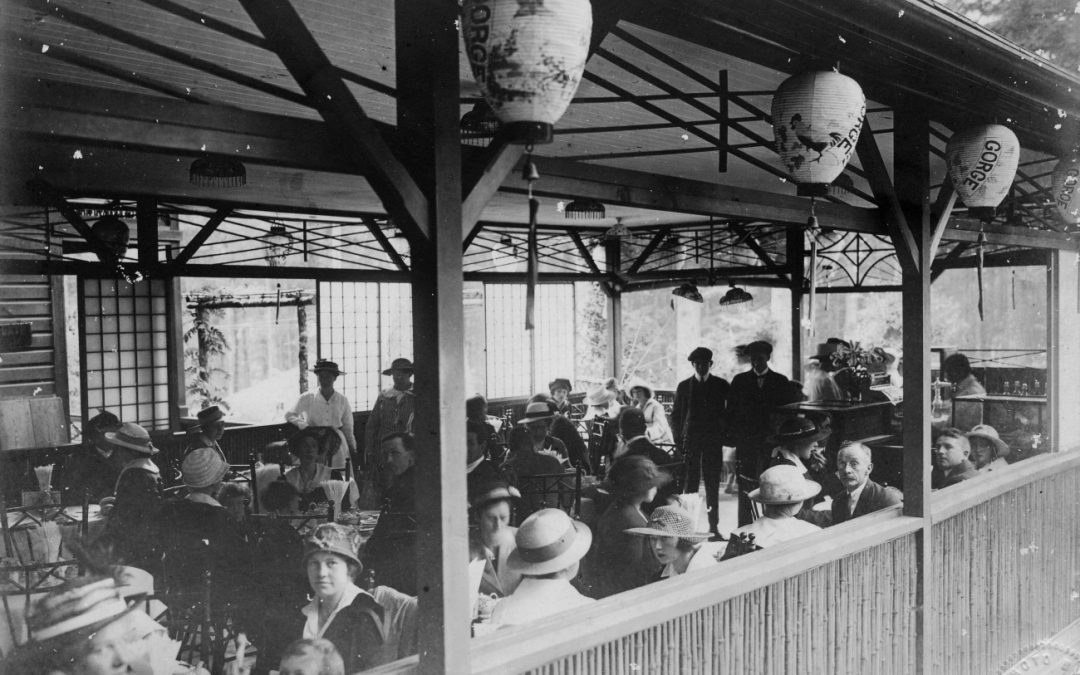Saturday, March 9, 2019
10:00-12:00 pm
David Lam Auditorium and Lobby
MacLaurin Building A144, University of Victoria
Free and open to the public
Click here to watch the 3 minute promotional video
Seven decades ago, riotous Victorians destroyed the country’s first Japanese garden and teahouse. Today, University of Victoria researchers are working with a local community group to address this wrong. Will Victorians confront their history of racism and restore a local landmark?
This session reports on new research revealing the complicity of everyday Canadians, including Victorians, in the unlawful dispossession of Japanese-Canadians in the 1940s. Using a local case study, the presentation challenges audiences to consider the roles of ordinary people in injustice. The presentation will be followed by Q & A and a stylized re-creation of the tea house past and present, in association with a local Japanese-Canadian community organization. Research assistants will also be on hand to give a sneak peek at the elementary school curricula and upcoming travelling museum exhibit and more.
This event is part of IdeaFest at the University of Victoria.


David Lam Auditorium is MAC A144, not A114
Thank you very much for catching that, I will make the correction.
With gratitude,
Mike
many years ago, when my father passed away, I was going through some of his paperwork and found an old newspaper clipping ( I don’t even remember what is was about). On that back of the news story was a partial story of a riot at the tea gardens. In most articles I’ve ever read on the teahouse, it has left the impression that is was vandalism over a period of time. This is the first mention that it was a bit more than vandalism that I’ve read since the old newspaper clipping.
I’ve also wondered why the Japanese were not permitted to return home until 1949. Good work.
Having their land and possessions sold without their consent and not being able to return to the west coast until 1949 was part of a strategy to erase the Japanese Canadians from the west coast. Racism and economic reasons were the driving forces.